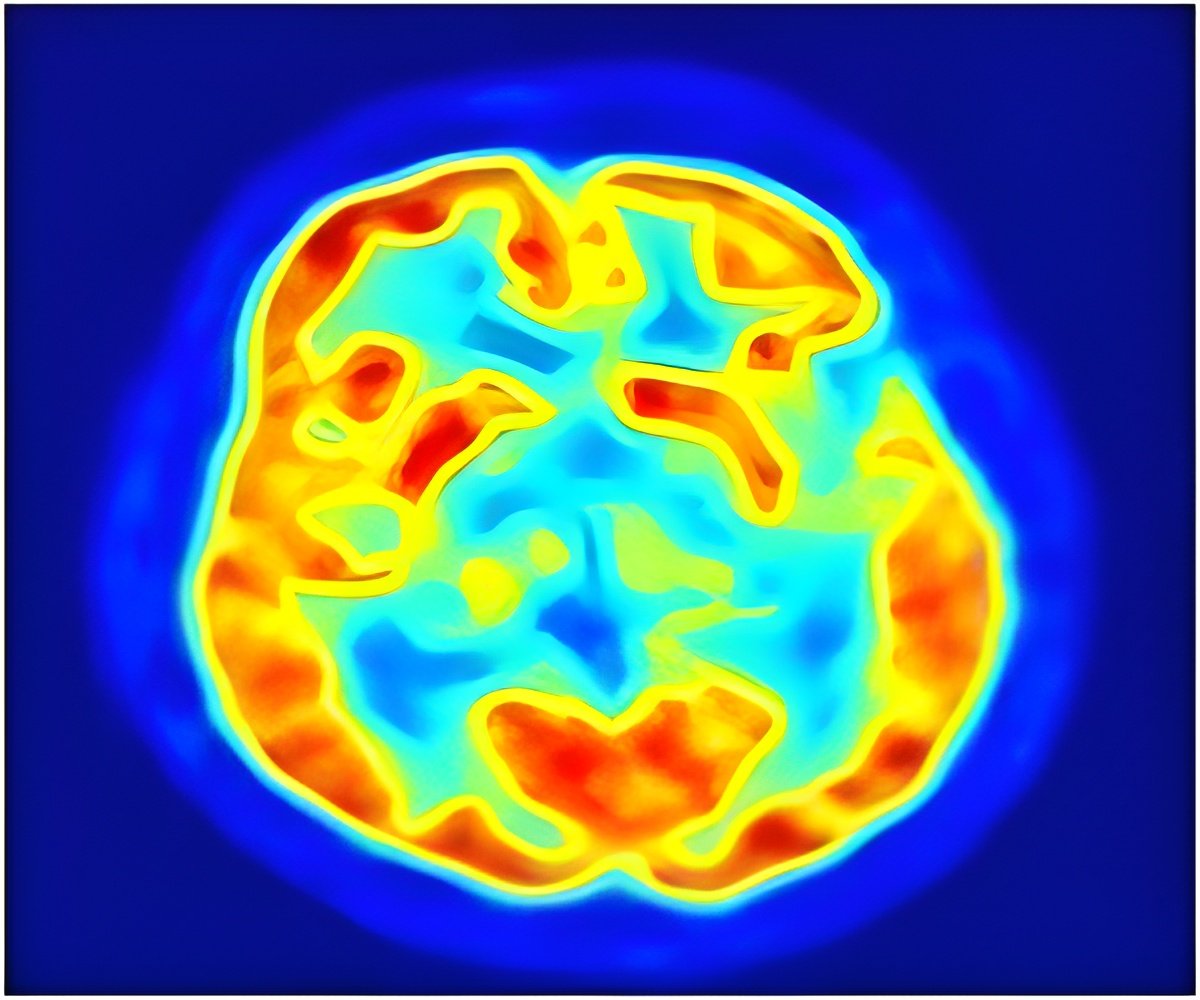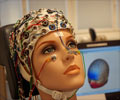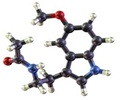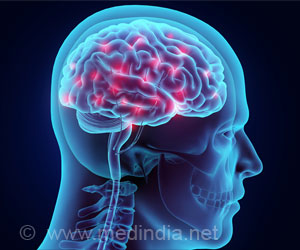Key cells within the brain that control body's timekeeping mechanisms are relevant for treating neurological problems like Alzheimer's disease

UT Southwestern Medical Center’s Joseph Takahashi said that they have found that a group of SCN neurons that express a neuropeptide called neuromedin S (NMS) is both necessary and sufficient for the control of circadian rhythms.
The findings may offer important targets for future treatments of diseases and problems related to circadian dysfunction, which range from jet lag and sleep disorders to neurological problems such as Alzheimer’s disease, as well as metabolism issues and psychiatric disorders such as depression.
Senior author Masashi Yanagisawa said that which of these neurons are responsible for producing circadian rhythms was a major unanswered question in neurobiology. This study marks a significant advancement in the understanding of the body clock.
NMS is a neuropeptide, a protein made of amino acids that neurons, which are cells in the brain, use to communicate. Researchers created unique mouse models to determine that NMS-expressing neurons act as cellular pacemakers to regulate circadian rhythms. Specifically, the research team found that modulating the internal clock in just the NMS neurons altered the circadian period throughout the whole animal. In addition, the study provided new insights into the mechanisms by which light synchronizes body clock rhythms.
Takahashi identified and cloned the first mammalian gene, called Clock, related to circadian rhythms. Since then, the Takahashi lab has determined that disruptions in the Clock and Bmal1 genes in mice can alter the release of insulin by the pancreas, resulting in diabetes, and they determined the 3-D structure of the CLOCK-BMAL1 protein complex, which are considered to be the batteries of the biological clock.
Advertisement
The study appears in the journal Neuron.














